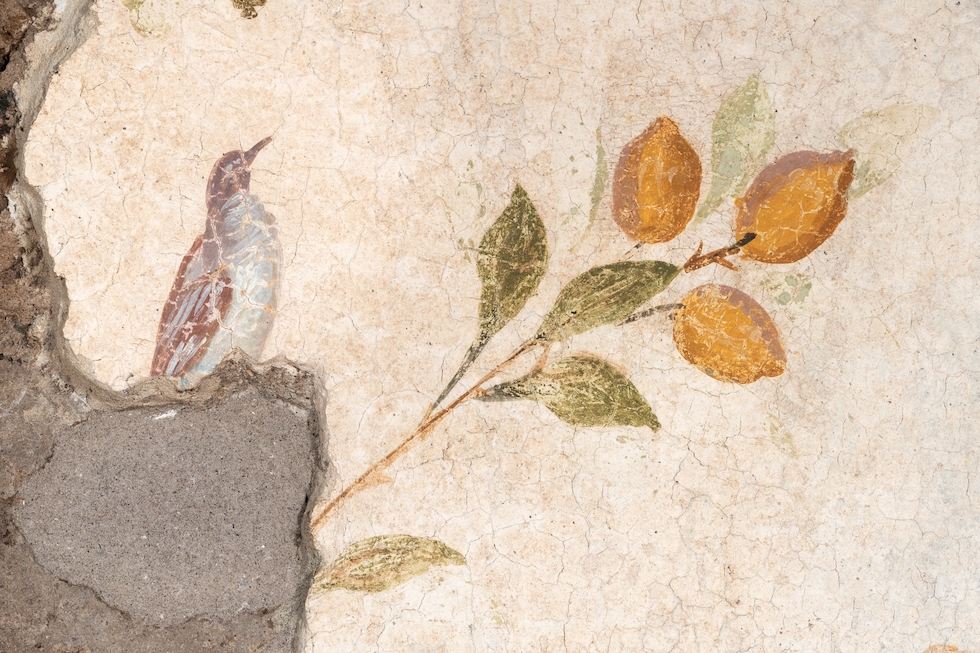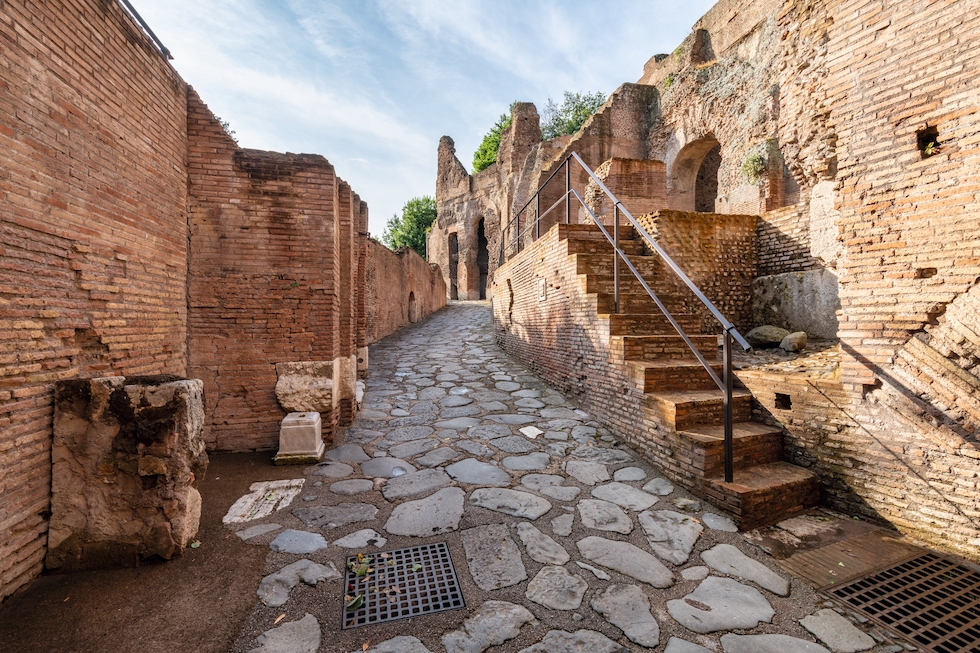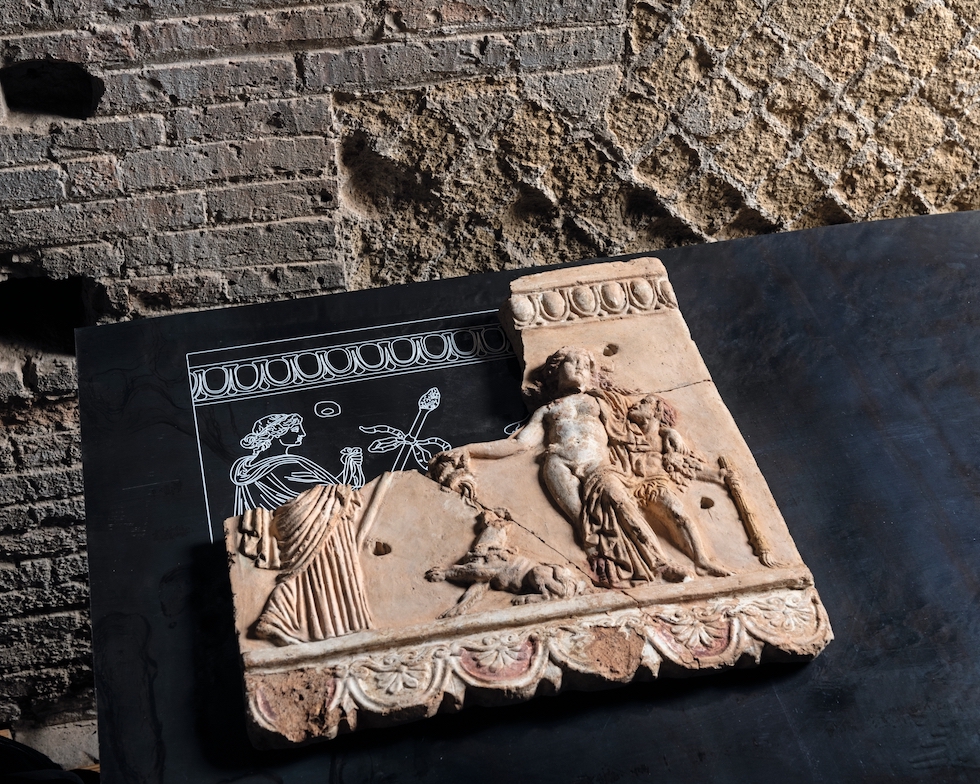
Credits: Emanuele Antonio Minerva, Ministero della Cultura
Have you ever dreamed of walking through the streets of an ancient empire, feeling the breath of history at every step? Rome is famous for the many archaeological finds you can admire on a simple walk through the city streets, but now it has reopened another chapter of its glorious past with the reopening of the Domus Tiberiana, located in the archaeological park of the Colosseum.
This historical monument, known as the first imperial palace in Rome, stands magnificently on the Palatine Hill, revealing the grandeur of the imperial era through its imposing arches. Closed for almost five decades due to structural problems, the Domus Tiberiana has now been brought back to life thanks to a series of careful restorations.
The Rebirth of the Domus Tiberiana: A Dive into Rome’s Imperial Past

Credits: Emanuele Antonio Minerva, Ministero della Cultura
21 September 2023 is a date that will remain engraved in Roman archaeological history.
The Domus Tiberiana, overlooking the impressive Roman Forum, has reopened its doors to the public, allowing visitors and history enthusiasts to immerse themselves in a bygone era.
Inaugurated in the 1st century AD, the Domus Tiberiana has undergone numerous alterations and extensions, evolving beyond its original residential functions. Today, walking within its ancient walls, one can discover worship areas, service areas and the enchanting gardens that adorn the complex.
A JOURNEY THROUGH TIME
The location of the Domus Tiberiana on the Palatine Hill is no coincidence. In fact, in antiquity, this area was particularly coveted by the Roman elite for its strategic location that offered direct access to the valley of the Roman Forum.
Archaeological research suggests that construction of the palace began after the devastating fire of 64 A.D., during the reign of Emperor Nero, and saw major extensions and modifications under Emperors Domitian and Hadrian.
Despite the vicissitudes of history, the Domus Tiberiana continued to play a central role in later eras. In the 7th century, it became the papal seat of choice for Pope John VII. However, after a period of neglect, it was in the 16th century that the Farnese family, linked to the Duchy of Parma and Piacenza, decided to restore a touch of splendour to the palace by creating the Horti Farnesiani.
This system of gardens and staircases, built on the terraces of the Domus, embodied the ideals of nature, beauty and art typical of Roman gardens of that period.
A WINDOW ON ANCIENT ROME
The heart of the Domus Tiberiana beats again with the recent opening of the museum exhibition ‘Imago Imperii’.
Spread over 13 exhibition spaces, this exhibition narrates the history and evolution of the Domus Tiberiana, offering a detailed view of life during the imperial era. With the arrival of evening, the structure comes alive thanks to a sophisticated LED lighting system, making the experience even more magical and immersive.

Credits: Emanuele Antonio Minerva, Ministero della Cultura
The reopening of the Domus Tiberiana is a historic moment because it allows the world to re-appropriate a precious place from the past, enhancing the archaeological park of the Colosseum even more.
Through these initiatives, the Domus Tiberiana is not only a restored monument, but a vivid witness of the eternal fascination of Roman history.

